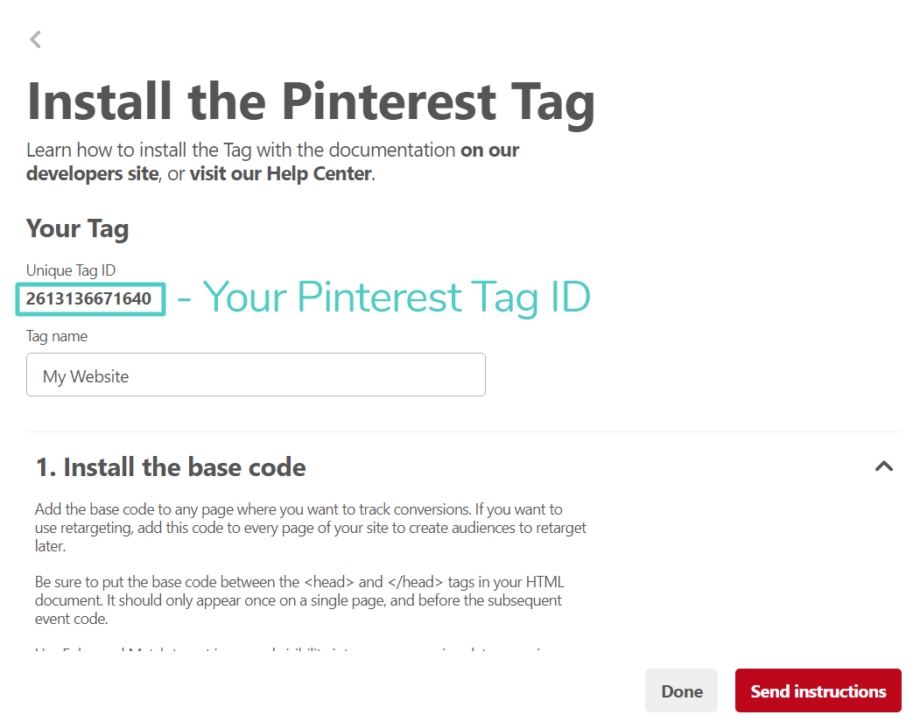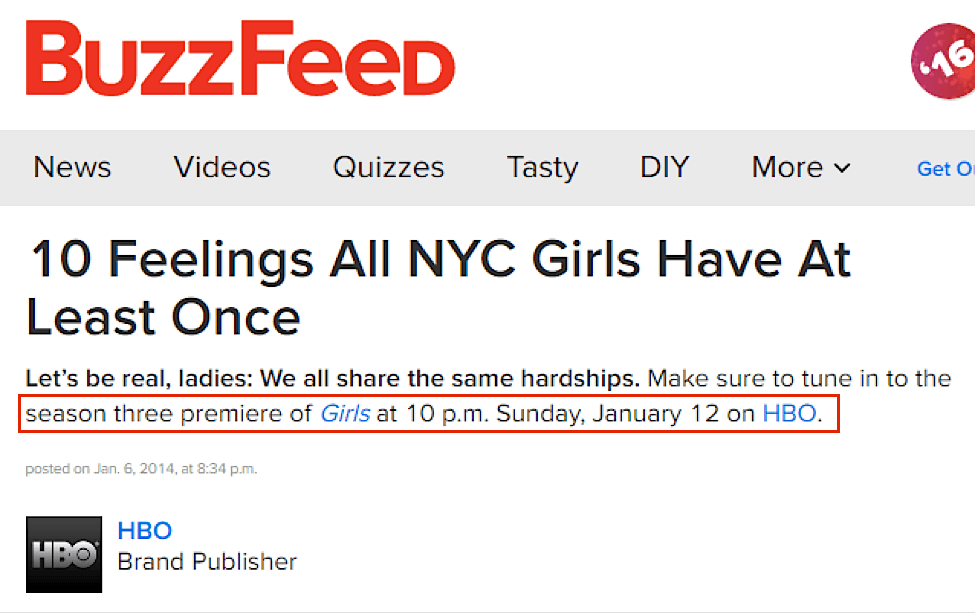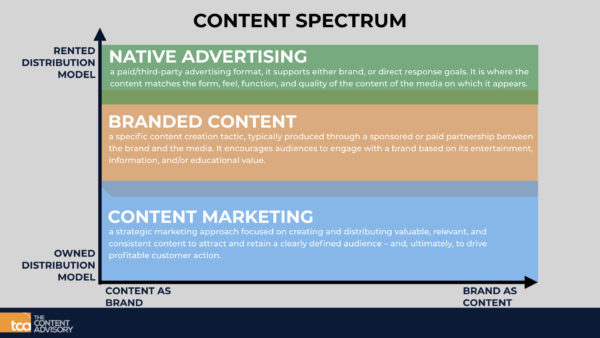Search engines are the vehicles that
drive potential customers to your websites. But for visitors to reach their
destination – your website – your Product – you need to provide them with
specific and effective signs that will direct them right to your site. You do
this by creating carefully chosen keywords.
Think of the right keywords as the Open Sesame! of the Internet. Find the exactly right words or phrases, and presto! hoards of traffic will be pulling up to your front door. But if your keywords are too general or too over-used, the possibility of visitors making it to your site – or of seeing any real profits from the visitors that do arrive – decreases dramatically.
Your keywords serve as the foundation
of your marketing strategy. If they are not chosen with great precision, no
matter how aggressive your marketing campaign may be, the right people may
never get the chance to find out about it.
So your first step in plotting your the strategy is to gather and evaluate keywords and phrases.
You probably think you already know
EXACTLY the right words for your search phrases. Unfortunately, if you haven’t
followed certain specific steps, you are probably WRONG. It’s hard to be
objective when you are right in the center of your business network, which is
the reason that you may not be able to choose the most efficient keywords from
the inside. You need to be able to think like your customers. And since you are
a business owner and not the consumer, your best bet is to go directly to the
source.
Instead of plunging in and scribbling down a list of potential search words and phrases yourself, ask for words from as many potential customers as you can. You will most likely find out that your understanding of your business and your customers’ understanding is significantly different.
The consumer is an invaluable
resource. You will find the words you accumulate from them are words and
phrases you probably never would have considered from deep inside the trenches
of your business.
Only after you have gathered as many words and phrases from outside resources should you add your keyword to the list. Once you have this list in hand, you are ready for the next step: an evaluation.
The evaluation aims to narrow down your list to a small number of words and phrases that will direct the highest number of quality visitors to your website. By “quality visitors” I mean those consumers who are most likely to make a purchase rather than just cruise around your site and take off for greener pastures. In evaluating the effectiveness of keywords, bear in mind three elements: popularity, specificity, and motivation.
Popularity isn’t enough to declare a keyword a good choice. You must move on to the next criteria, which is specificity. The more specific your keyword is, the greater the likelihood that the consumer who is ready to purchase your goods or services will find you.
Let’s look at a hypothetical example. Imagine that you have obtained popularity rankings for the keyword “automobile companies.” However, your company specializes in bodywork only. The keyword “automobile body shops” would rank lower on the popularity scale than “automobile companies,” but it would nevertheless serve you much better. Instead of getting a slew of people interested in everything from buying a car to changing their oil filters, you will get only those consumers with trashed front ends or crumpled fenders being directed to your site. In other words, consumers ready to buy your services are the ones who will immediately find you. Not only that but the greater the the specificity of your keyword is, the less competition you will face.
Once you have chosen your keywords, your work is not done. You must continually evaluate performance across a variety of search engines, bearing in mind that times and trends change, as does popular lingo. You cannot rely on your log traffic analysis alone because it will not tell you how many of your visitors made a purchase.
Luckily, some new tools have been invented to help you judge the effectiveness of your keywords in individual search engines. There is now software available that analyzes consumer behavior concerning consumer traffic. This allows you to discern which keywords are bringing you the most valuable customers.
This is an essential concept: numbers alone do not make a good keyword; profits per visitor do. You need to find keywords that direct consumers to your site who buy your product, fill out your forms, or download your product. This is the most important factor in evaluating the efficacy of a keyword or phrase and should be the sword you wield when discarding and replacing ineffective or inefficient keywords with keywords that bring in better.

























































